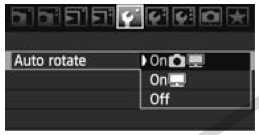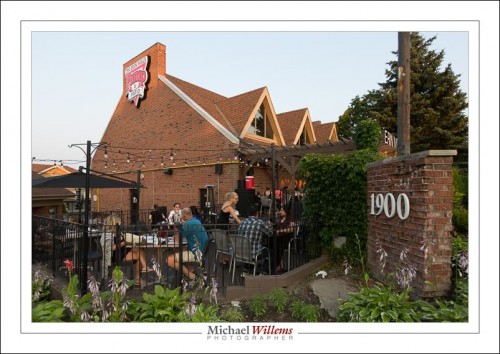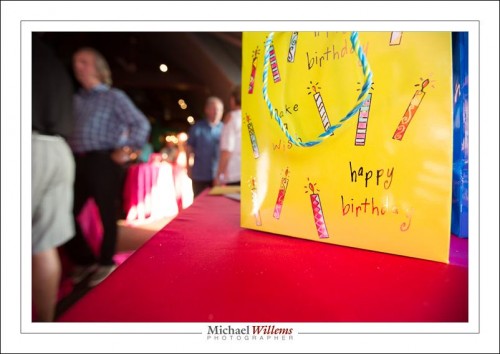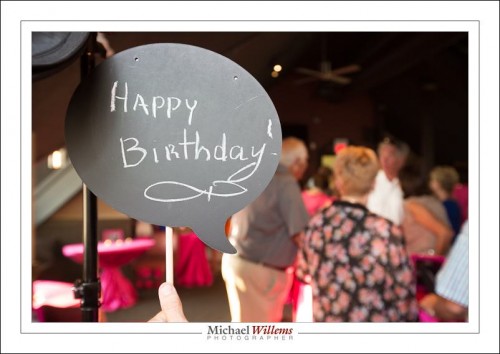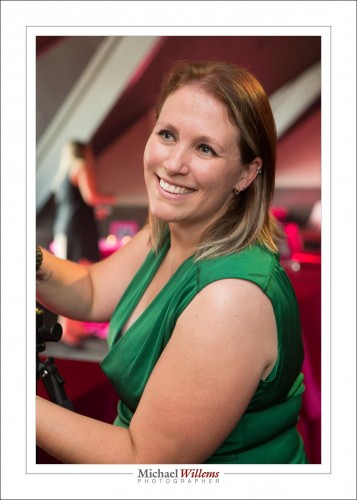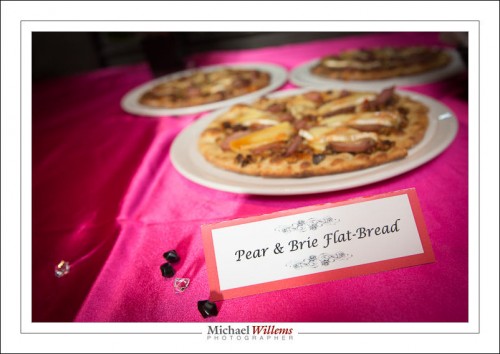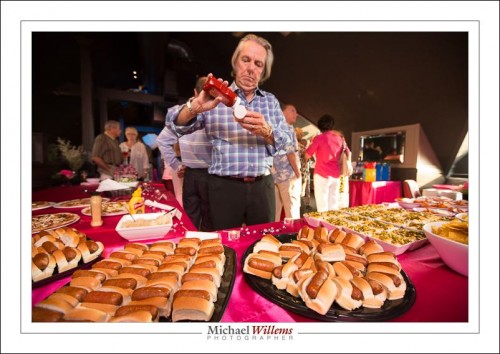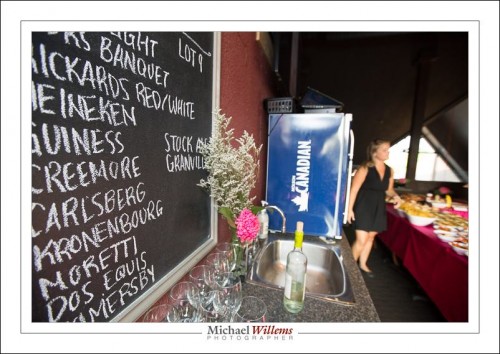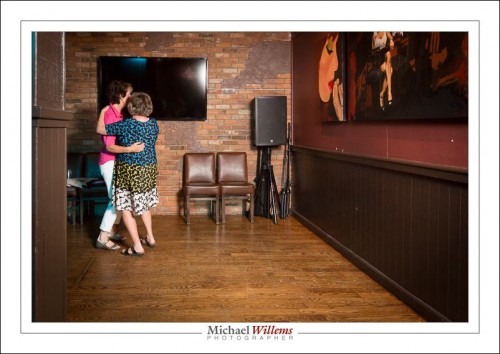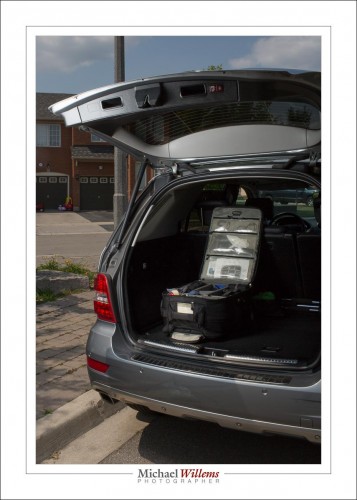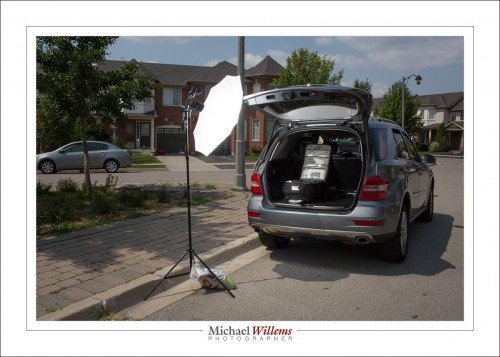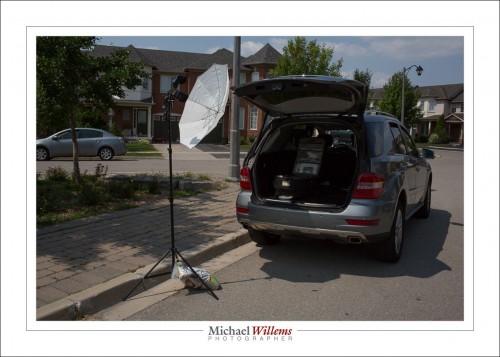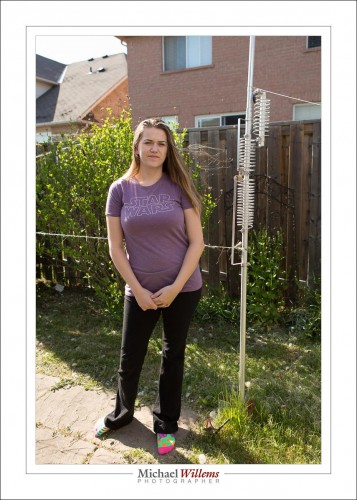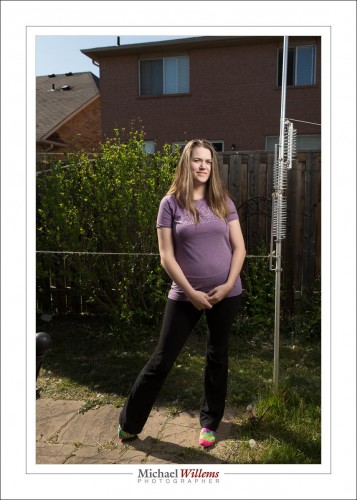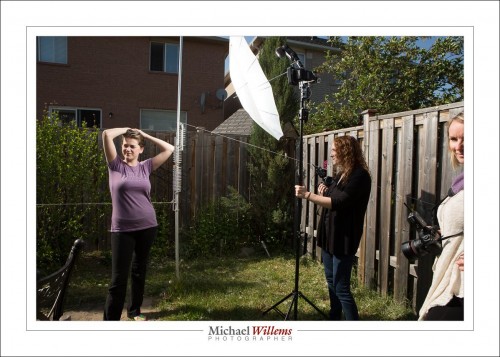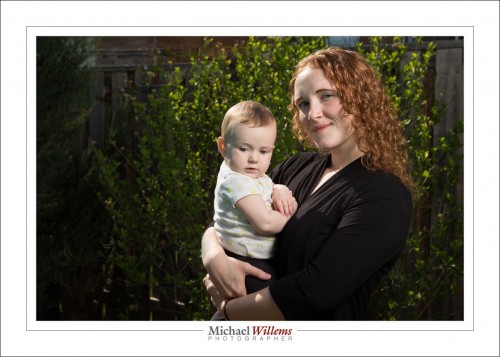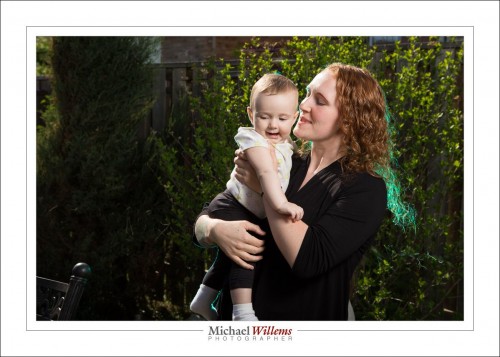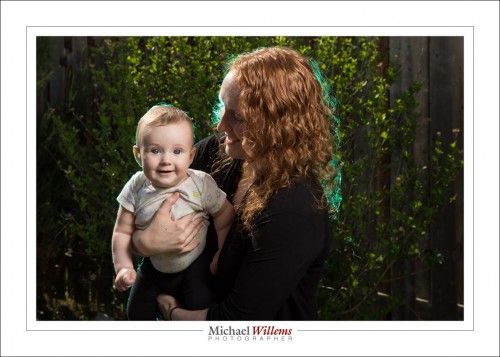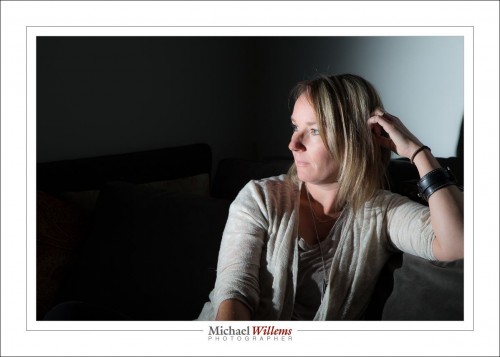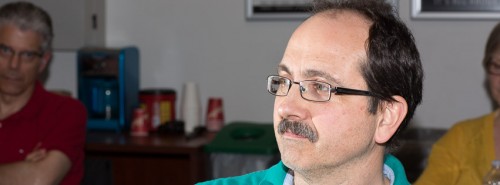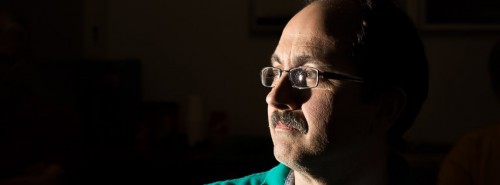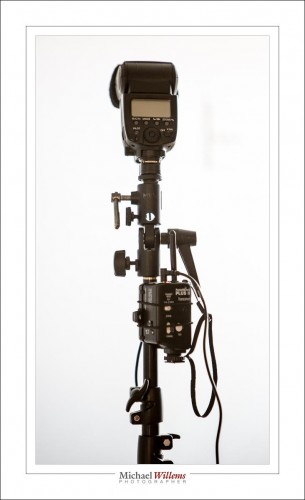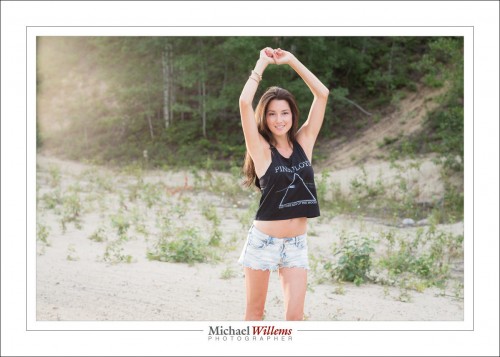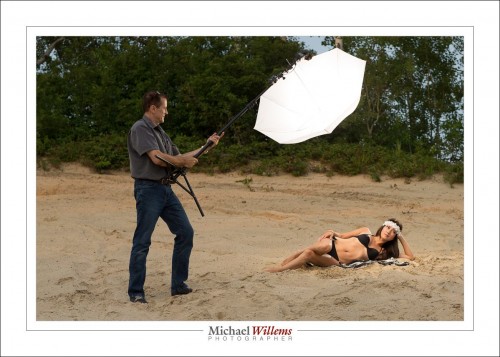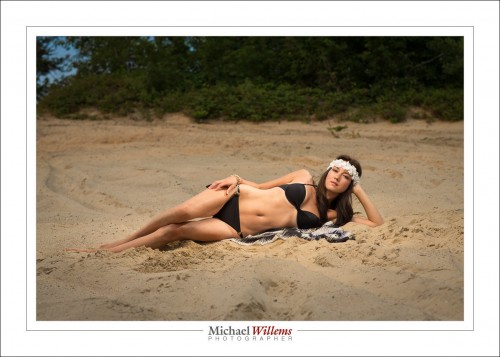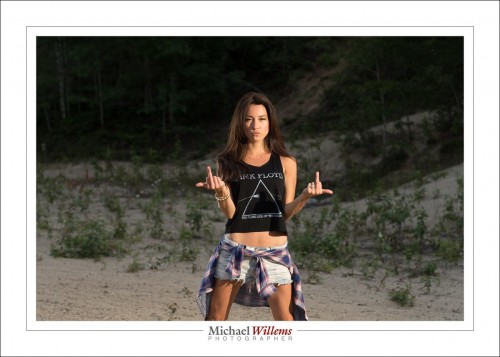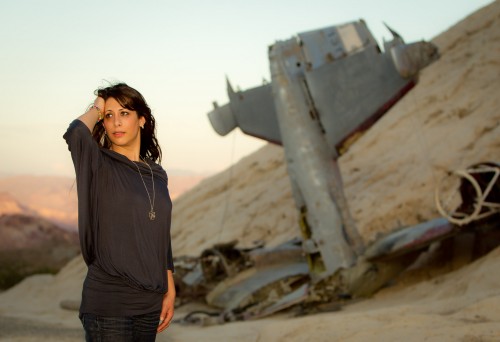My new product of the month, just received from Hong Kong, is going to be indispensable to me, I can see that now.
Here it is:
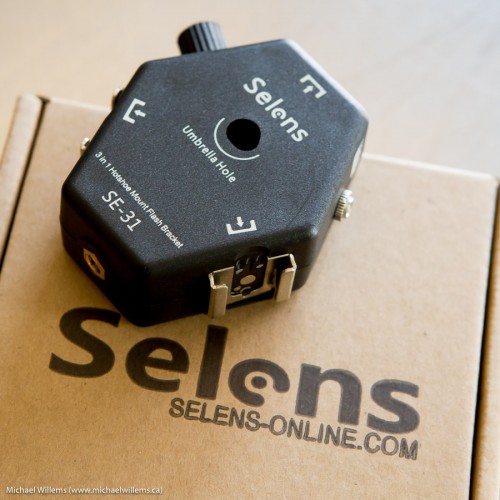
A “3-in-1 hotshoe mount flash bracket”, made by www.selens-online.com (link fixed). This bracket allows up to three flashes to point into one centre-mounted umbrella, as follows:
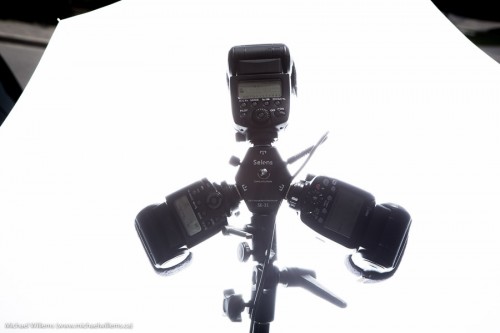
Better still, it allows ONE connection from your radio trigger (in my case, a pocketwizard) to all three flashes at once. You need just one simple 3.5mm to 3.5mm cable (i.e. the connector is the same as on the pocketwizard itself). And that saves both radio triggers and hotshoe cables. That, for me, is the killer feature. Up to today, I had to always connect three pocketwizards and three cables.
So here’s a few photos. The last one is a “pull back shot”, where you can see the lighting setup.
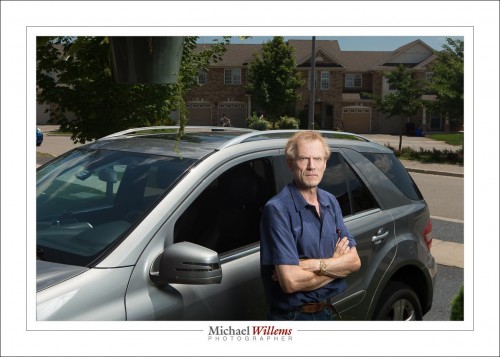
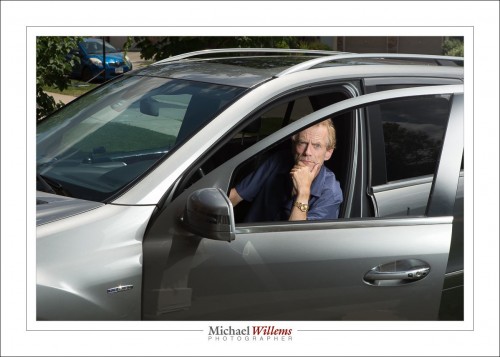
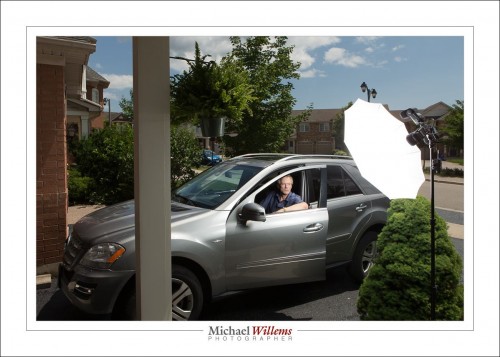
As for these photos: the day was like this (a snapshot):
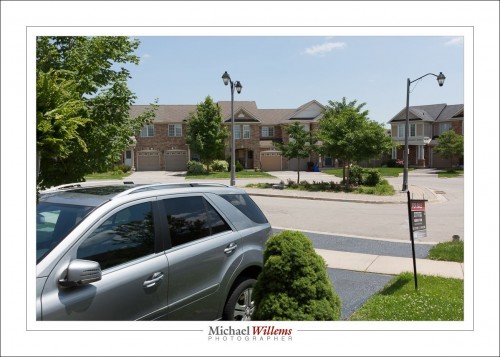
That is fine, but I prefer my subject to stand out more, and I want the sky to be more saturated.
So here’s the recipe. For daytime outside flash pictures, you go to 1/250 second (or whatever fastest sync speed your shutter allows) at 100 ISO and then use f/4—f/16 depending on how bright it is. Start at f/8 and vary from there.
This is f/16:
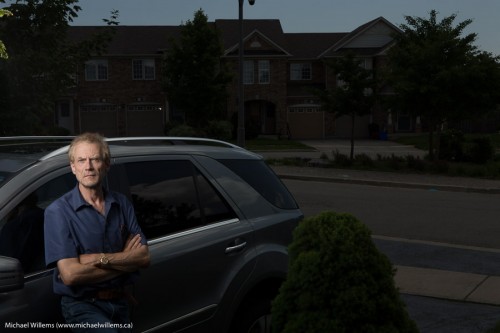
A little dark and dramatic for this particular portrait, so f/11 is more like it:
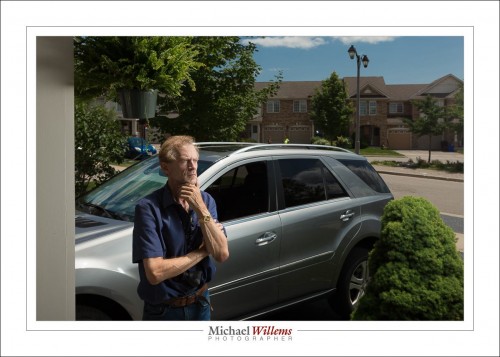
But the point is that f/16 is even possible, with three speedlights (580EX and 600EX) into one umbrella. Normally, I would have to use a studio light for this.
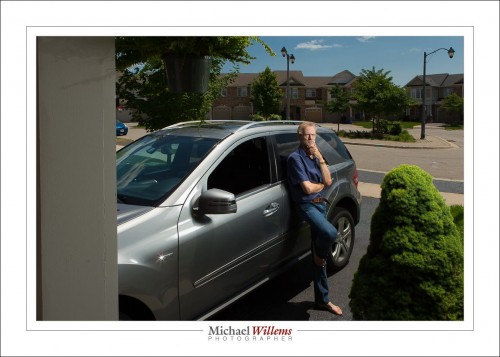
This was with all three flashes at full power. Normally, I would shoot at a maximum of half power if at all possible. That way, the recharge time is shorter and the flashes do not overheat.
Ordering from user mkstudio-us, via ebay, was simple. I paid under $20 for each of the three brackets I ordered. Shipping from Hong Kong was free, but it did take several months (“slow boat from China”—literally). If you are in a hurry, order elsewhere, but if time does not matter, order from these guys in Hong Kong. Excellent value.
An excellent tool that will allow you to fire three flashes with one Pocketwizard, easily and conveniently. This will be in my flash bag forever, and my firm prediction is that I will make use of it all the time.
___
Postscript: a few people asked “:why not just use a strobe”. Well, a strobe is big and heavy, and its battery even heavier (lead-acid contains… yeah, lead). The fact that I can do it all with speedlights is amazing… and yes, you do need this much light pretty much every time in bright sunlight. The flash manual, and the tables in the checklist manual, explain and help. (See http://learning.photography)

